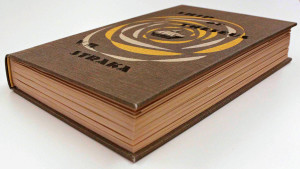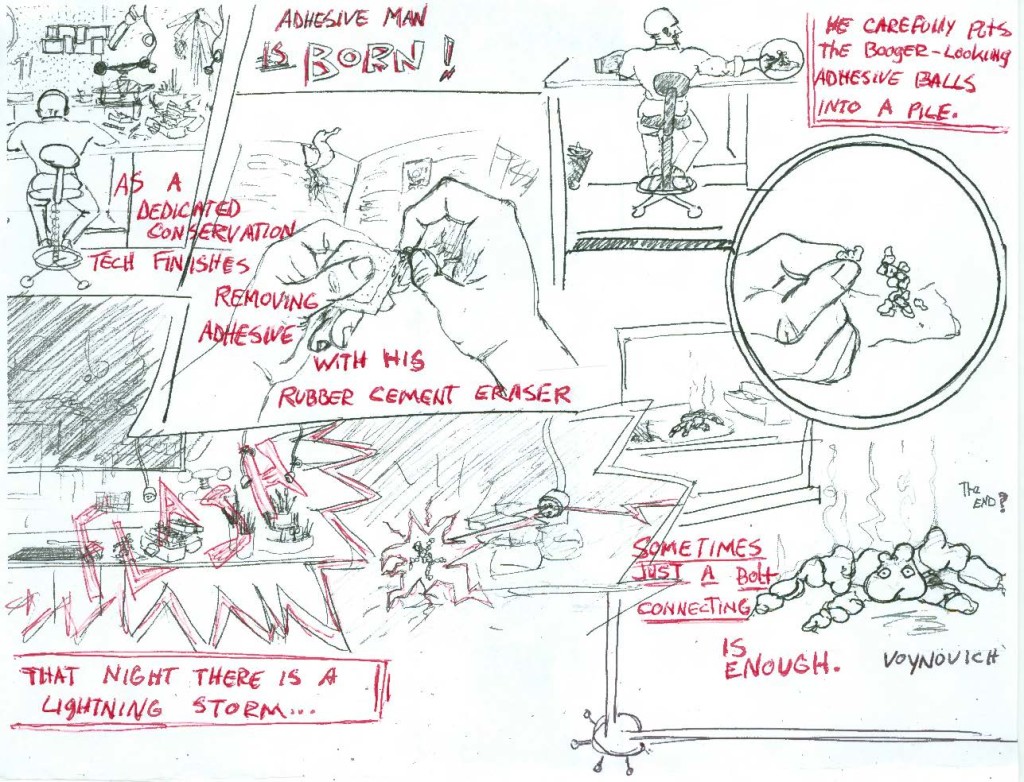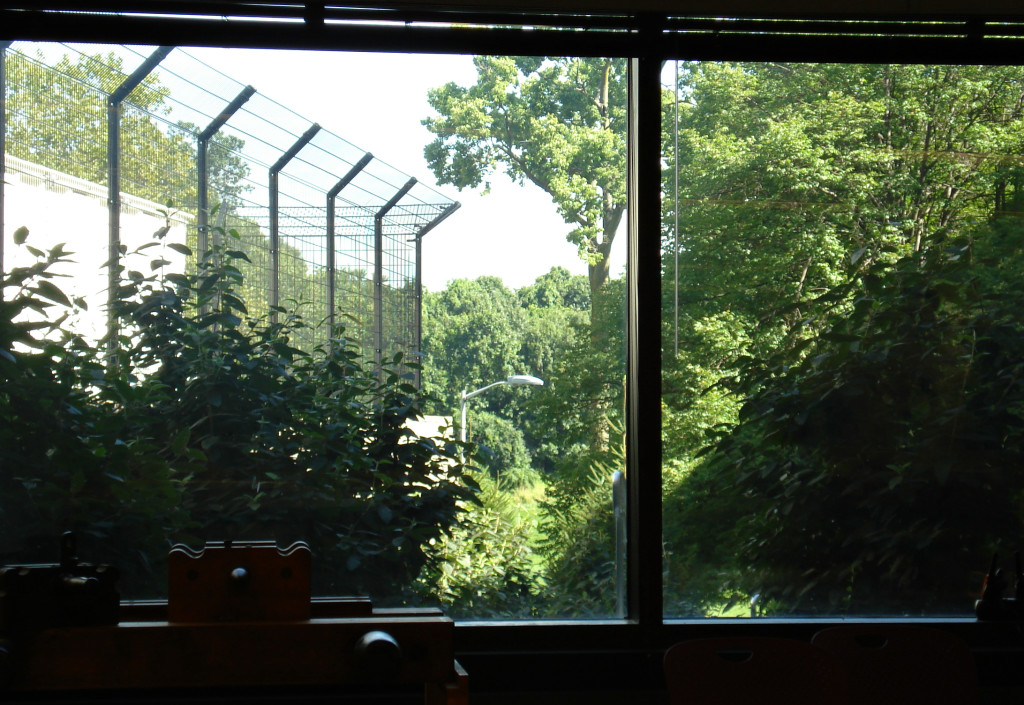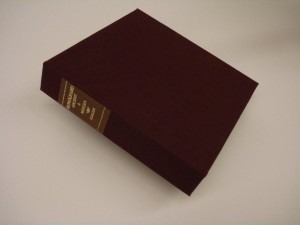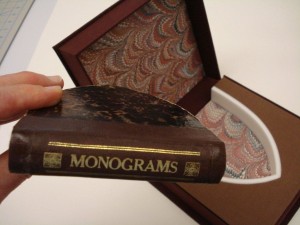A few years ago if someone had asked me what I cut paper with I would have said, “A pair of scissors, of course.” Then I came to the Preservation Lab.
We cut a lot of paper here. It can be in big sheets, little sheets or tiny scraps. It might be heavy or lightweight, made of short fibers like the ubiquitous wood pulp paper or long fibers such as Japanese kozo paper. We use it for different things too. Heavy board for book covers and boxes, corrugated board for different boxes, light board for folders, paper for pages or repairing spines, Japanese paper for mending tears and making hinges, newsprint for waste paper to catch adhesive overflow. With so many variables it helps to have a few options for cutting the paper.
Probably the tool we all use most often for cutting paper is a scalpel. We each have a least a couple at our work station. My go-to scalpel is the #11 which has a fine tip and straight, angular blade. The #23 with its curved edge is good too, depending on the particular task. Scalpels are great when we need to make a nice clean cut trimming excess paper from a repair, or we use them with a metal straight edge when we need to make a long cut that wouldn’t be straight enough if cut with scissors.
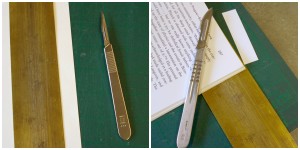
…
Read More Read More
